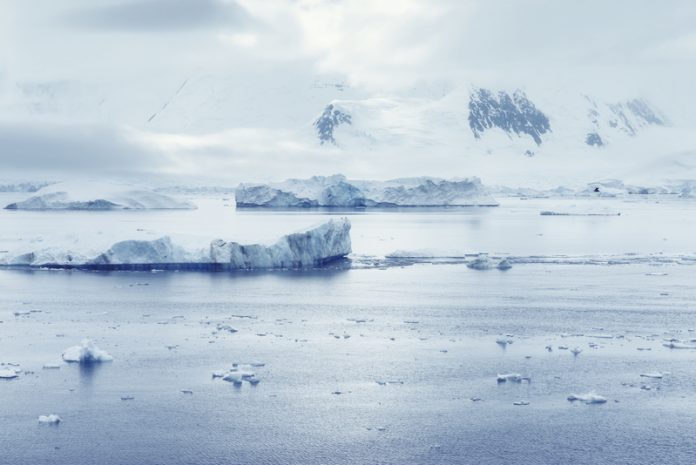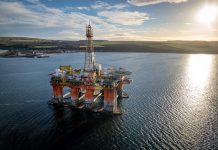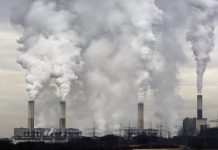
Dr Jan-Gunnar Winther, Director of the Norwegian Polar Institute, explains how a dramatically warming Arctic heralds global changes to come
It is a documented fact that no region of the planet is experiencing more dramatic climate change than the Arctic. In recent years, this has resulted in melting glaciers, rapid ecosystem changes, diminishing sea ice, and changes in atmospheric circulation and ocean properties. The Arctic is undergoing changes unknown to have occurred during the last 1450 years and probably longer (IPCC, 2013). Climate models project that the most pronounced warming in the future will happen in the Arctic. In a business-as-usual scenario, temperatures may increase by 8-10°C in the Arctic. Even half of such a rise in temperature will fundamentally change this region as we know it today.
The mean temperature in Arctic Longyearbyen in the Norwegian Svalbard Archipelago during January-March in 2015 was about 6 degrees warmer than normal for this time of year. Although, this not in itself evidence of human-induced climate change, it is in line with what climate models project as normal conditions in the future. Svalbard is on the verge of “a novel climate”, characterised by winters without very low temperatures (above -20°C) and summers with extended growth seasons (above 5°C). Because of these changes, invasive species are threatening the native species that are adapted to a colder climate. However, the largest risk to the terrestrial environment is currently caused by species increasing in number, such as the destructive impacts of native geese on vegetation. The impact caused by goose abundance is mainly due to management outside of the Arctic, as reported in “The state of the Norwegian Arctic” (MOSJ 2014). The report states that climate change in the Arctic is the main pressure likely to cause major state changes in Svalbard’s terrestrial ecosystems.
The Earth’s regions are connected by circulation in the atmospheric, ocean, climate and weather patterns. Arctic climate change, therefore, has profound global consequences and has an impact on global conditions such as sea-level rise, ocean acidification, permafrost thawing (which releases greenhouse gases) and changing weather patterns, such as the monsoon. Arctic climate change is therefore arguably relevant to the weather and climate in far-away countries like India.
Much is yet unknown to us, as the Arctic is a hostile place in winter when it is cold and the sun disappears for several months. We do know, however, that the sea ice is diminishing at an accelerating rate in extent and thickness. Scientists from 10 countries are carrying out a wide range of research projects. The aim is to increase our knowledge of the upper ocean–sea interaction atmospheric forcing, sea ice and snow mass balance and biogeochemical sea ice interactions. This knowledge will be used to improve projections made by climate models. What is happening in the Arctic gives a warning of change which may occur in the rest of the world.
Although the development is disturbing, climate change also provides some advantages. Increased biomass production in northern waters may become an important resource for the world’s ever-increasing need for food and proteins. Furthermore, the Arctic’s special role in global change makes it a potential laboratory for developing new green technology and new solutions that can be introduced globally, under the idea that “What works in the Arctic will work elsewhere”.
Dr. Jan-Gunnar Winther
Director
Norwegian Polar Institute










